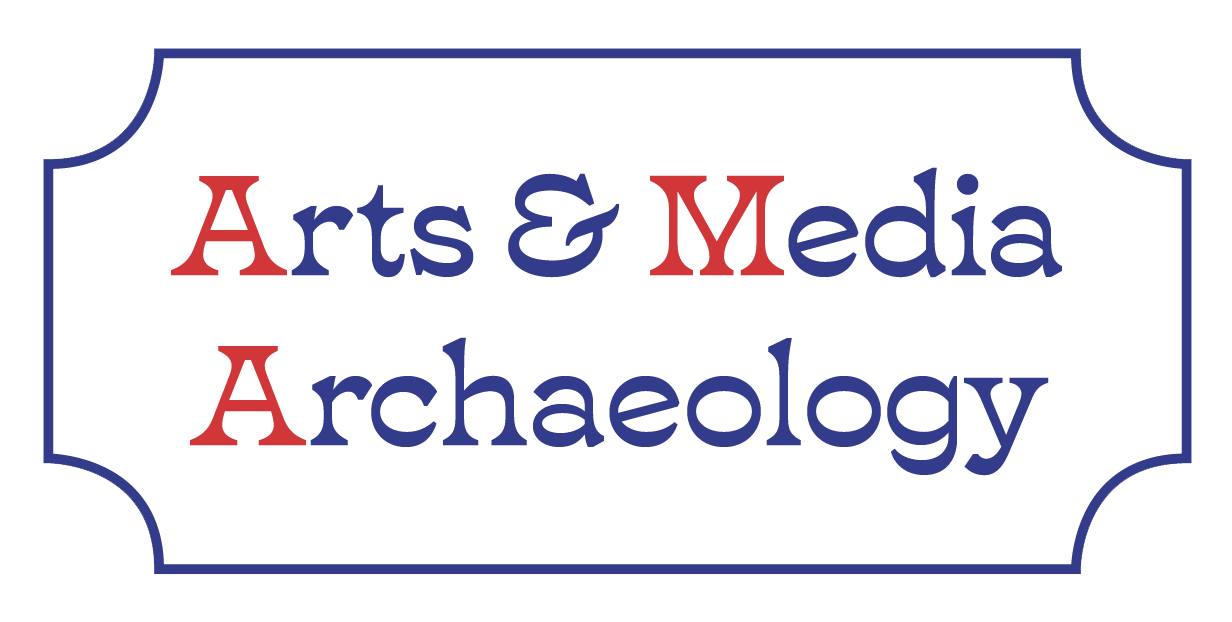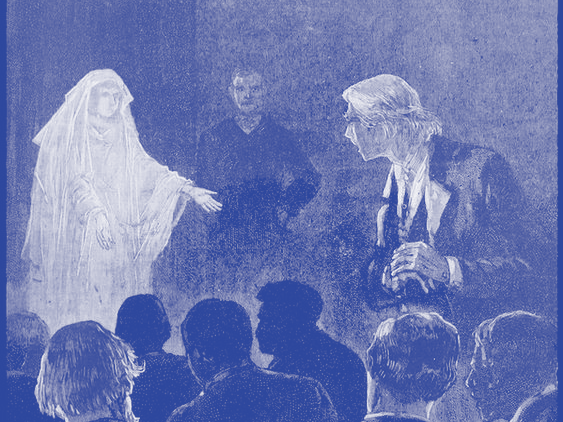An image speaks a thousand words
21 February 2023
A Nigerian medical student went viral when he shared an illustration of a black pregnant woman.The image stirred up emotions as people realized they had never seen this kind of image of someone of colour. SciFair PhD student Gitte Samoy reflects on this ‘new’ insight. The viral image made something painfully clear: even in the twenty-first century, the medical field was still presenting the white body as the default. It not only revealed a lack of diversity in the medical field, but also demonstrated another point: although these images claim to be neutral recordings of reality, visualizing…
A peek into the day-to-day life of showpeople
20 February 2023
Strolling across a nineteenth-century fairground, we would be greeted by a variety of attractions: illusionists mesmerizing the public with their visual deceptions or animal tamers displaying their courage and control over exotic animals. Others tried to capture people’s attention by displaying wax figures with curious diseases in their travelling museums, and panorama owners transported people to faraway places. But who were these showpeople really? What happened outside of the public’s eye? Because behind these staged personae were people who tried to earn their living and for whom this…
The secret life of objects
8 February 2023
Have you ever been seized by the historical weight of an object? Experienced an incomprehensible bond with an artefact? Or feel that a thing was silently questioning you? Suddenly, the material does not appear as inert as it should be, but it has something. A soul, perhaps? In this article, researcher Thibaut Rioult takes you on his quest for "charged objects". On the eighteenth and nineteenth-century fairground, a place full of oddities and marvels, fascinating objects could be found. The carnival barker called the public to come and see the wonders of talking heads, fortune teller machines,…
Fairground organs, X-rays and cinema: Science and technology at the funfair
6 February 2023
'Science and technology… at the fairground? The fair, that’s mostly fun, right?' When I tell friends and family about my research, this is a common reaction. And yes, science and technology did in fact play an important role at the fairground in the nineteenth century. Let me take you on a journey to times when there were not only merry-go-rounds and slot machines at the funfair, but science and technology were presented to the public as a great spectacle. About 150 years ago, the fairground was indeed a place where people gathered to have fun – just like today – but also to meet each other,…
A meeting with the spirits. Attending a spiritist séance in 1875
27 January 2023
What happened during a spiritist séance in the nineteenth century? How can we piece together these fleeting, otherworldly gatherings? With sources like press reports, promotional material or exceptionally even photographs, it is possible to reconstruct and analyse these spectacular, occult performances of the past. That is precisely one of the challenges of my PhD research on spiritism in Belgium, and its relationship to popular entertainment. Let me introduce you to some aspects of a spiritist séance you would very likely have encountered, had you been a person looking for a night of…
Funfair culture to be recognized by UNESCO as intangible cultural heritage?
26 January 2023
This past year-end, the Musée des Arts Forains in Paris celebrated funfair culture as intangible heritage in a new edition of the Festival du Merveilleux (Festival of Wonder). The unique museum in the Pavillons de Bercy convincingly demonstrated that the funfair is a living culture that exists only by virtue of performers and entertainers interacting with an audience. Spanning 12 days, more than 5,000 visitors a day could witness how this enchanting place beyond time set the stage for a dazzling programme of live shows, music and dance. During the festival, the historic funfair attractions,…
Colonial lantern readings with punch
23 January 2023
Together with PhD student Anse De Weerdt, we visit the Antwerp university library’s Special Collections. Anse is affiliated with the UAntwerp and ULB. For the B-magic project, she aims to find out how colonial magic lantern images found their way into scientific, political and religious circles in Belgium from the end of the nineteenth century until the mid-twentieth century. It is Monday morning and we find ourselves at the university library's vast heritage collection. We are looking for beautiful items from the archives of the Koninklijk Aardrijkskundig Genootschap van Antwerpen (KAGA,…
Viewer discretion advised: An exceptional collection of wax figures
3 November 2022
We meet PhD student Gitte Samoy in Berchem, in a basement full of strange objects and curiosities: wax heads with outward signs of syphilis and other skin diseases, models of pregnant women with exposed bellies, conjoined twins preserved in formaldehyde... Welcome to the Coolen family collection! Gitte is starting her research at the Science at the Fair project with the inventory of this special collection. Together with the team, she will study the role of travelling fairgrounds in spreading science, technology and visual culture. We are standing next to the wax portrait of a man with a…
Researching the history of fairgrounds is detective work
18 October 2022
How can we study nineteenth century fairground culture? How do we piece together a historical narrative based on limited and fragmentary sources? Most travelling fairground attractions left few traces, except for fragments in the form of flyers, posters, program booklets, newspaper reports, postcards and occasional photos. But sometimes, miraculous discoveries are made. One happened when Thomas Weynants discovered items from a forgotten travelling theatre at a flea market in Ghent. Weynants and Erkki Huhtamo discussed the rediscovery of Théâtre Morieux de Paris during a visit to the SciFair…
Learning from the fairground
12 October 2022
It might be hard to image for generations that grew up with the Sinksenfoor, but 150 years ago, people could learn something new at the yearly funfair. With her project Science at the Fair, Nele Wynants and her team research how itinerant showpeople and museums played an important role in the circulation and popularization of science, knowledge, and visual culture. In so-called anatomical cabinets, zoological and anthropological museums and scientific theatres, itinerant showpeople demonstrated "wonders of nature" and spectacular scientific developments at the annual funfair. Many of today’s…










